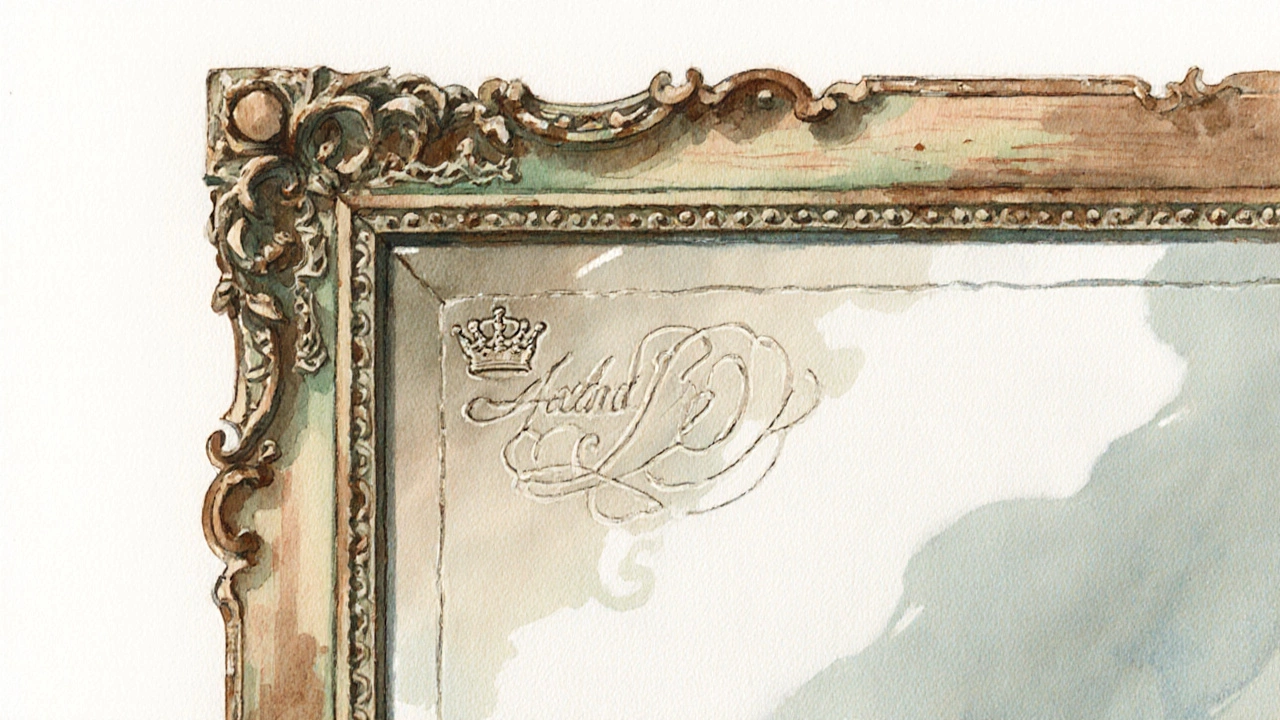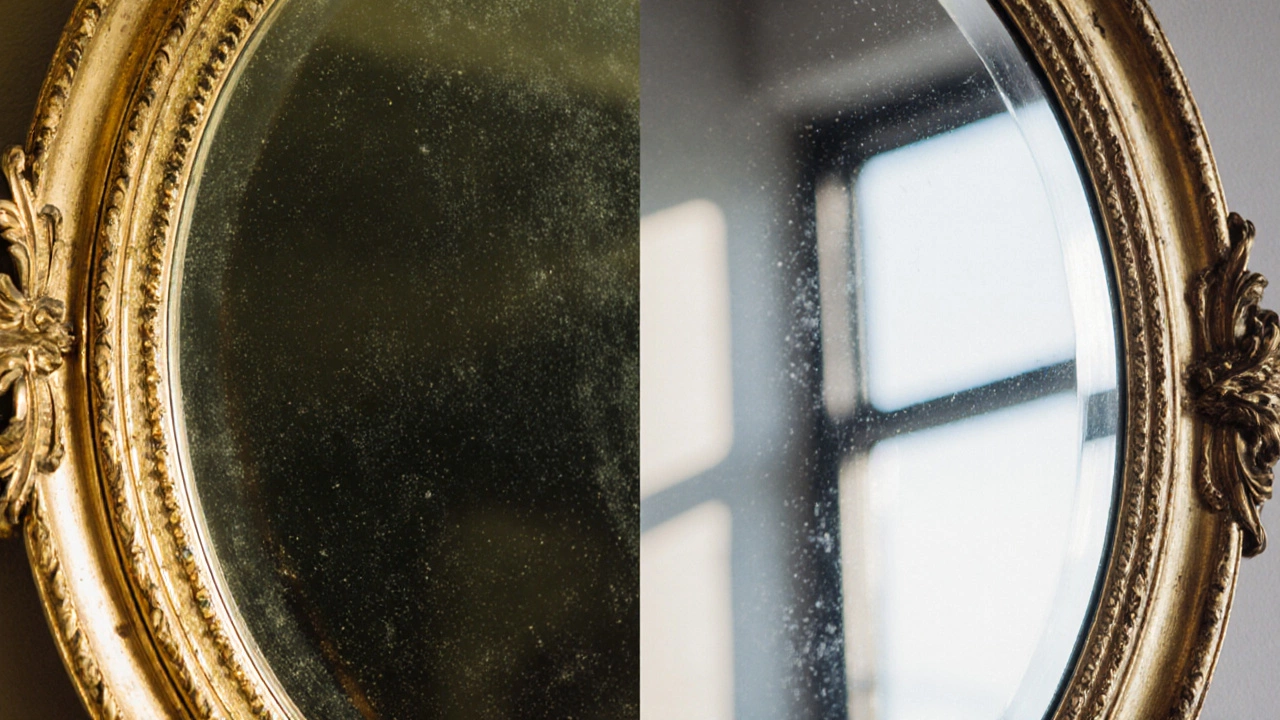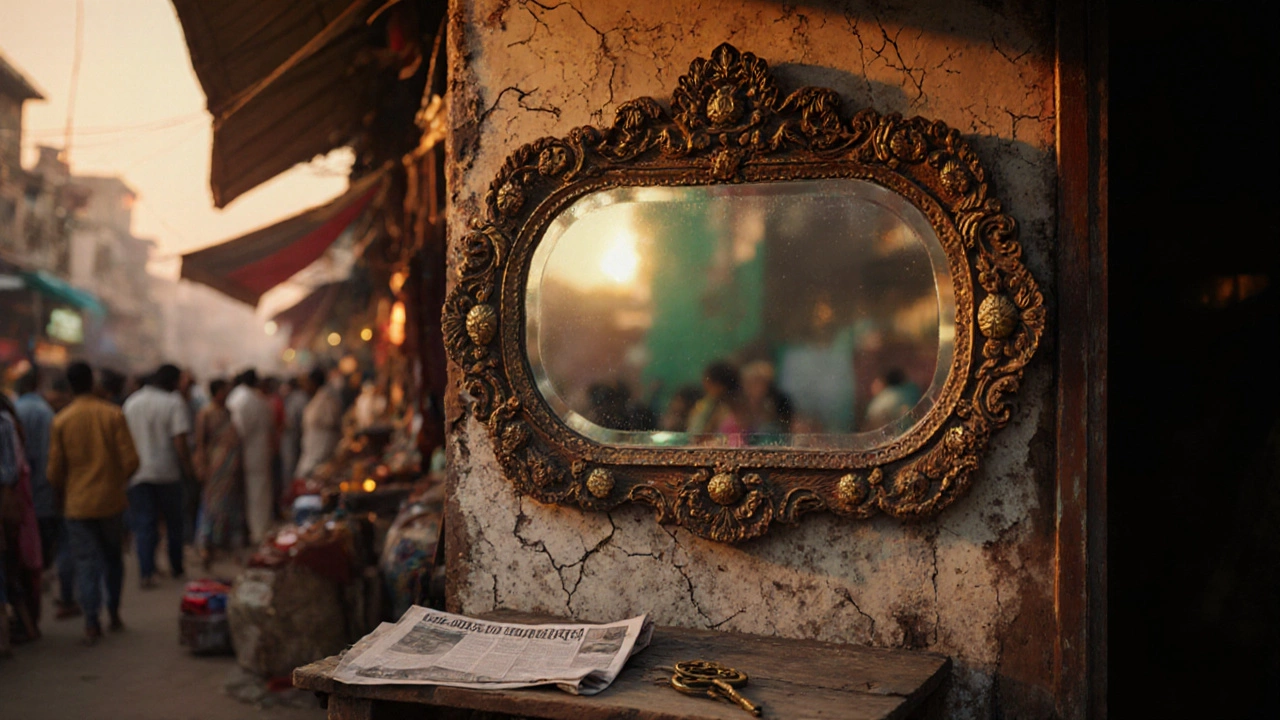Vintage Mirror Authenticity Checker
Key Takeaways
- Look for hand‑crafted frames, uneven glass, and subtle wear patterns.
- Backstamps, maker’s marks, and style clues point to a specific era.
- Patina and glass type help separate genuine vintage pieces from reproductions.
- Documentation, provenance, and expert appraisal add confidence.
- Proper cleaning and handling preserve value and beauty.
Ever wondered whether that ornate wall mirror you found at a market is truly from the past or just a modern replica? Knowing the signs of a vintage mirror can save you from a costly mistake and add a genuine piece of history to your home.
What Makes a Mirror “Vintage”?
Vintage Mirror is a reflective surface whose frame, glass, or backing originates from a previous era-typically before the 1970s- and shows signs of age, craftsmanship, or design trends of its time. In practice, a mirror becomes vintage when it exhibits three core qualities: an identifiable period style, material characteristics that have naturally aged, and evidence of original manufacturing techniques.
These qualities set vintage mirrors apart from mass‑produced, perfectly uniform modern mirrors that often lack the quirks of hand‑made work.
Spotting Age Indicators on the Frame
Mirror Frame is the decorative border surrounding the glass, typically made from wood, metal, or plaster. Older frames often feature hand‑carved details, uneven joins, or patinated metalwork. Look for:
- Hand‑tool marks: Saw blades, gouges, or chisel scars that appear irregular.
- Material wear: Soft wood that has darkened in the grain, or brass that has developed a natural verdigris.
- Design language: Georgian (symmetrical, gilt), Victorian (ornate, layered), Art Deco (geometric, chrome), or Mid‑Century Modern (clean, teak).
These style cues help narrow the production window to a specific decade.

Backstamps and Maker’s Marks
Backstamp is the embossing or engraving on the rear of the mirror that identifies the manufacturer, date, or glass type. Classic backstamps include:
- Company names in flowing script (e.g., "Boll & Co.").
- Symbols like crowns, anchors, or monograms.
- Numbers indicating glass thickness or production year.
When a backstamp matches known historic firms-such as Waterford Glass (Ireland) or Armand Silvani (Italy) -you have a strong authenticity clue.
Maker's Mark is a small emblem or signature that appears on the frame itself, often hidden in a niche or behind a molding. These marks can be traced to regional workshops, giving insight into the mirror’s origin.
Glass Type and Patina
Patina refers to the thin layer of oxidation or surface wear that forms on metals and glass over time. In vintage mirrors, patina is a sign of age rather than damage. Look for:
- Subtle surface ripples or "crowned" glass where the edges are slightly raised.
- Fine scratches that create a soft, diffused reflection-common in hand‑blown glass.
- A faint green or amber tint that develops in older leaded glass.
Glass Type varies by period: leaded crystal (19thcentury), plate glass (early 20thcentury), and safety glass (post‑1930s). Matching the glass type to the frame style improves confidence in the dating.
Comparing Vintage and Modern Mirrors
| Feature | Vintage Mirror | Modern Mirror |
|---|---|---|
| Frame Craftsmanship | Hand‑carved, uneven joins, natural patina | Machine‑cut, uniform, often powder‑coated |
| Glass | Leaded crystal, slight warping, organic imperfections | Float glass, perfectly flat, no warping |
| Backstamp | Embossed maker’s logo, date codes | Often blank or laser‑etched brand logo |
| Wear Pattern | Soft scratches, natural discoloration | Clean, scratch‑free surface |
| Value Potential | Collectible, can appreciate over time | Functional, limited resale value |

Common Pitfalls and How to Avoid Them
Not every old‑looking mirror is a genuine vintage piece. Sellers often add faux patina or replace backs with modern stamps. To steer clear:
- Inspect the entire back: a true vintage backstamp is usually recessed and uneven, not glossy or printed.
- Check the weight: leaded crystal is heavier than modern float glass of the same size.
- Scrutinize the frame joints: glued or welded seams are typical of recent reproductions.
When in doubt, photograph all details and compare them to reputable reference books or online databases of historic mirror makers.
Verifying Authenticity
Three steps can give you solid proof:
- Research the backstamp: Use museum catalogs or vintage mirror forums to match the logo and code.
- Consult an expert: Antique dealers, conservators, or appraisal services can confirm age.
- Request provenance: A sales receipt, auction record, or inheritance story adds credibility.
Even a single piece of documented history can turn a decorative object into a collectible investment.
Caring for Your Vintage Mirror
Preserving the character while keeping it functional requires gentle handling:
- Dust with a soft microfiber cloth; avoid abrasive cleaners.
- For stubborn grime, use a solution of distilled water and a few drops of mild dish soap-apply with a cloth, never spray directly.
- Maintain stable humidity (40‑55%) to prevent wood warping or metal corrosion.
- Consider professional conservation if the backing is cracked or the frame shows severe rust.
These steps keep the mirror looking authentic and extend its lifespan for future generations.
Frequently Asked Questions
How can I tell if a mirror’s glass is original?
Original glass often shows subtle waviness, a slight greenish hue, and heavier weight. Modern float glass is perfectly flat, crystal‑clear, and lighter. Tap the glass gently; a dull thud usually indicates older, thicker glass.
Are backstamps always reliable?
They’re a strong clue but can be faked. Verify the font, emboss depth, and match the stamp to known manufacturer records. Cross‑checking with other clues-frame style, glass type-reduces risk.
What price range should I expect for a genuine Victorian mirror?
Prices vary widely based on condition, size, and rarity. A modest 30‑inch Victorian gilt mirror might run £150‑£300, while a large, well‑preserved piece with a notable maker’s mark can exceed £2,000.
Can I restore a vintage mirror myself?
Light cleaning is safe, but structural repairs-re‑silvering the backing or fixing a cracked frame-should be left to professionals. Improper restoration can permanently damage value.
Is a mirror with a modern backing still considered vintage?
If the frame, glass, and overall construction belong to an earlier era, it can still be classified as vintage, but the modern backing will affect both value and authenticity.
